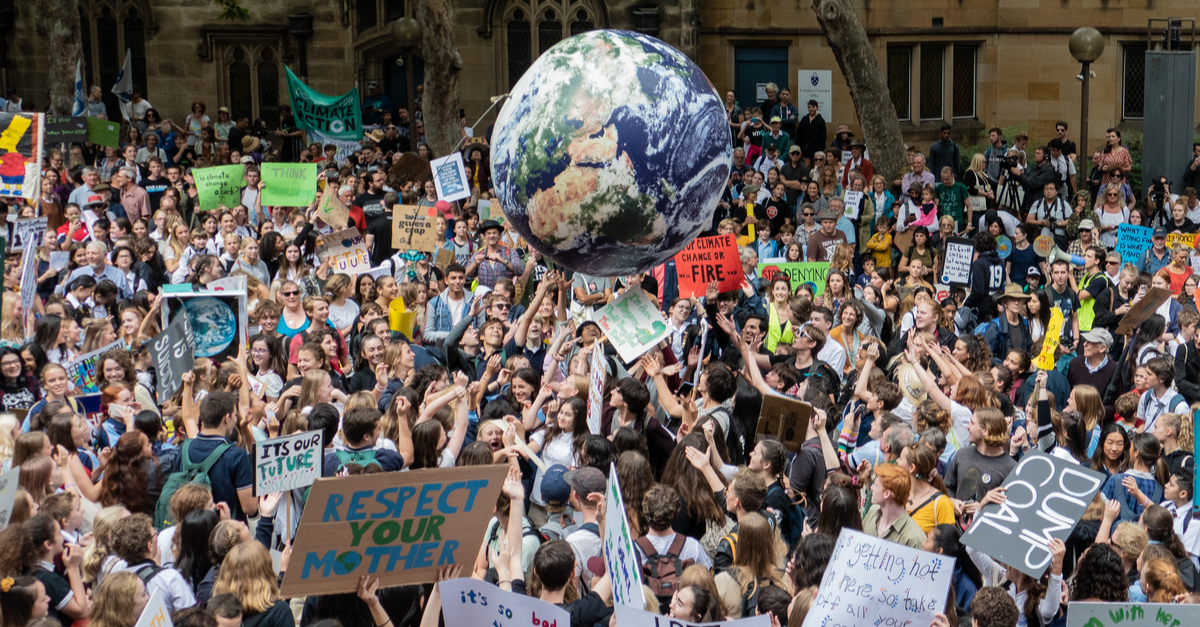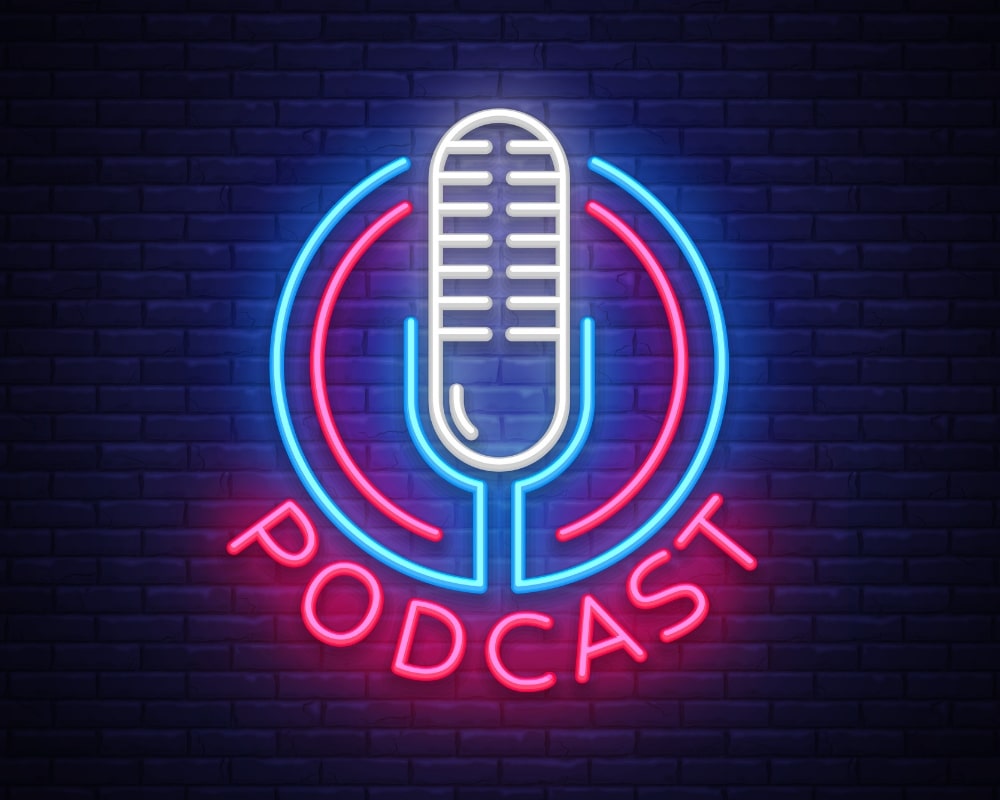
Reint Jan Renes about behavioral science and the Corona Behavioral Unit: “The moment Van Dissel started including our study results in his story was a small moment of success for us.”
The corona crisis has turned many people's lives upside down. This also applies to behavioral scientist Reint Jan Renes. In recent months, he temporarily exchanged his work as a lecturer in 'Psychology for a Sustainable City' at the AUAS for a position within the Corona Behavior Unit of the RIVM. We asked him about the origins of this brand new advisory body and his experiences during these turbulent times.
How did the Corona Behavioral Unit come about?
“In March I received a call from the core team crisis communication asking if I would like to look at the communication surrounding the coronavirus from my expertise as a behavioral scientist. I was also asked if I knew any more people who would be of assistance, to which I contacted Professor Marijn de Bruin.
From that moment on we immediately entered into a flurry of discussions. We noticed after day one that we did not have the right knowledge to hold meetings in this way, but at the same time the things we said were literally used to press conference to it. This was very uncomfortable for us. It does not feel good to advise at such a moment of crisis based on knowledge about how behavior works in general, while virologists in an OMT came up with advice supported by data and research. We planned to stop, but were soon told that our knowledge was desperately needed. Given the severity of the crisis and the role of behavior in it, it was not desirable for us to stop.
We indicated that we only wanted to continue if we were really included in the crisis structure. We thought it was especially important to have access to all current knowledge, to be able to connect with other experts and also to be able to collect data ourselves. Unfortunately, it was not possible to make changes to the structure of the current crisis team.
By formally assigning us a position through the RIVM, we were able to form a separate unit and the conditions we had set, such as collecting data, could be achieved. We were linked to Mariken Leurs, who was working at the RIVM to focus knowledge from behavioral science on the crisis. The three of us started looking for behavioral science professors who wanted to join our advisory board and we looked at the possibilities for setting up a data collection unit. That same week we had our first consultation, which was actually the start of the RIVM's Corona Behavior Unit.”
Did you deliberately choose only professors for the advisory board?
“We have indeed consciously chosen to be a scientific unit. We wanted to use our knowledge from behavioral sciences to try to understand why people do and don't do things. What motivates people? How do people persevere with all the measures for the longest time? We started looking for theories, with the intention of substantiating them with data.”
Did the advice from this council go directly to the OMT?
“That's an interesting question. We did not give advice to the OMT, but rather analyzed their advice in what was technically possible from a virus perspective through the lens of society. Our mantra here was the question “how?”. It doesn't matter what you communicate to the outside world, if you cannot link it to how people should do it, you will only be frustrated. We actually converted the advice to the OMT into manageable action perspectives that policymakers could use further. We provide input for policy, so to speak.
At the end of March, Marijn de Bruin visited The Hague, where all kinds of parties came together after the Catshuis discussion. As a behavioral unit, we had made an overview of all basic measures and how they had been communicated in different places. We then indicated for each measure, from a behavioral science perspective, how this could best have been done. The inconsistency between those last two columns has woken up a lot of people. The realization that communication was far from optimal sank in and the power of the behavioral unit became clear.”
You have also set up a separate unit to collect that data. How did that go?
“A unit has indeed been set up to collect data and conduct studies into how people are doing, how they view the measures and what it would take to comply with them. We wrote a research proposal for which we received one million from the Netherlands Organization for Scientific Research (NWO). This ensured that the unit could actually be established. We then joined forces with 25 GGDs to actually have a panel and a week later the first round of questionnaires went out.
We have drawn up work packages within the unit. These were intended, among other things, for monitoring social media, writing rapid reviews, collecting all relevant scientific literature and mapping emerging networks. All in all, we had about 50 people working within two weeks.”
Do you think your advice has been sufficiently taken into account?
“If you look at all the organizations that have delved into what is needed during a pandemic in recent years, they all say that it is very important to have a behavioral expertise team ready. This was not there at the beginning. There were also no behavioral scientists in the OMT. That's when our unit was founded. As time passed, our advice was increasingly included in the OMT and we were given an increasingly important role in the national approach to getting corona under control. The moment Van Dissel started including our study results in his story in the House of Representatives was a small moment of success.”
band you came up against the limits of what you knew and your profession?
“Yes totally! On the one hand, I think that the value and role of our field are underestimated. On the other hand, I also believe that we are insufficiently able to actually collect data in such a way that we can translate this into an approach that allows us to get a grip on what is happening. Explanation is actually a lot better than predicting and thus also controlling behavior.
On the other hand, I also look at the broader picture. The whole world is looking for a vaccine against the virus. If you look at it very narrowly, we also have to find some kind of vaccine. Namely a vaccine to change human behavior. We often have to do this based on almost no data. The complexity of what is asked of us is completely underestimated when we sometimes have to make statements within a day. That is also not possible with the actual vaccine.
In addition to coming up against the limits of our field, I have also encountered many limits of what I knew. One striking discovery we have made is the enormous size of the intention-behavior gap. A large majority of the 50,000 participants in our study appeared to support the policy of staying at home if you have complaints and getting tested. A large majority also indicated that they would have themselves tested if they developed complaints. However, among the people who actually developed complaints, 80% of the people indicated that they had gone outside anyway and only 12% appeared to have actually been tested. Support and intentions therefore predicted behavior very poorly. Fortunately, we were able to use various variables to find out why this was happening: for example, people found it difficult to properly estimate the severity of the actual symptoms and to link this to whether this could actually be corona.”
What do you think will be the biggest challenge for the coming period?
“Being able to look at this issue from a long-term perspective, for example with the thought that it will still be there in 2023, is in my opinion the biggest challenge for the near future. We need to start thinking about what such a perspective means for policy and how it relates to other major issues.”


